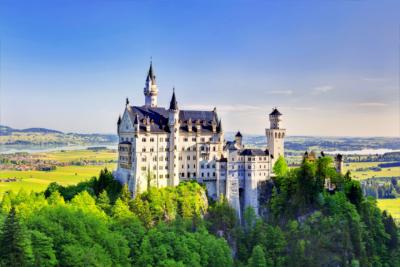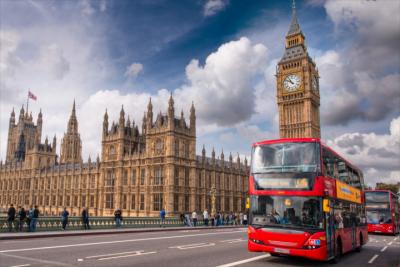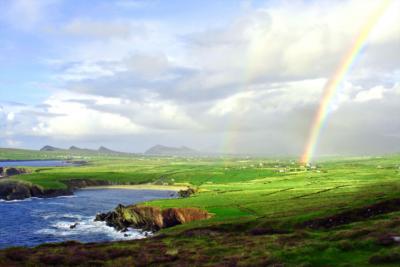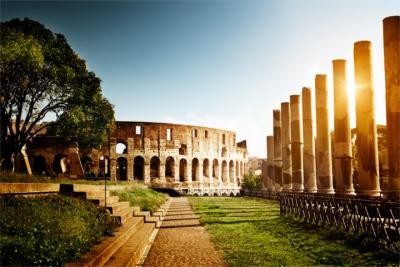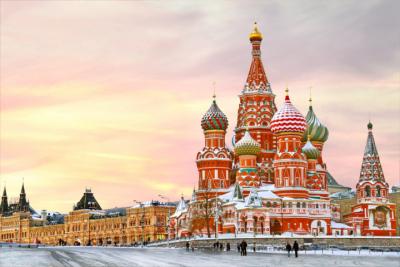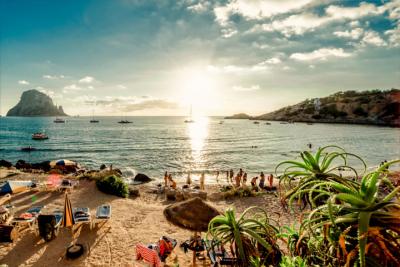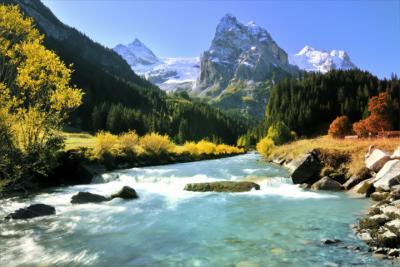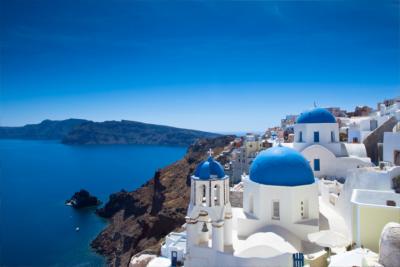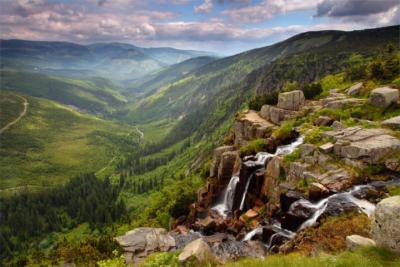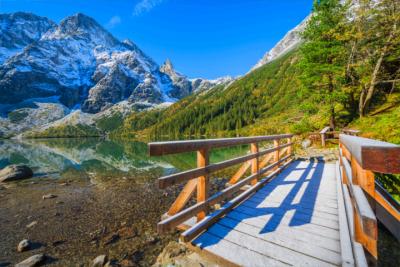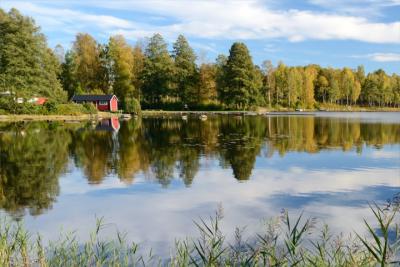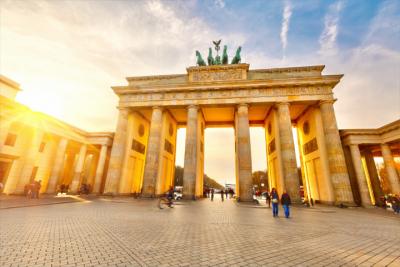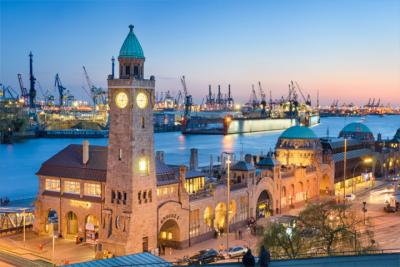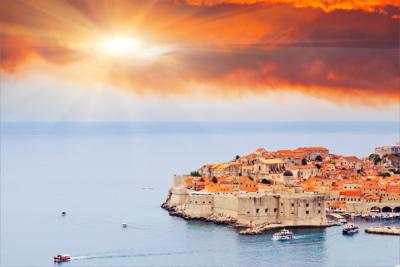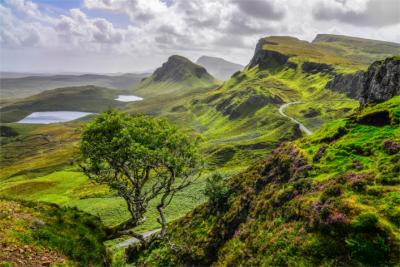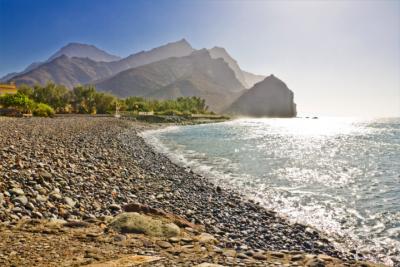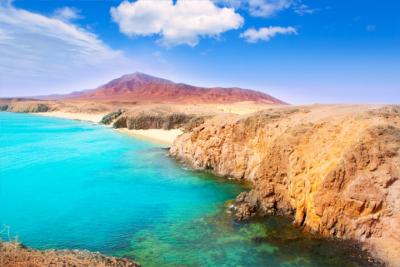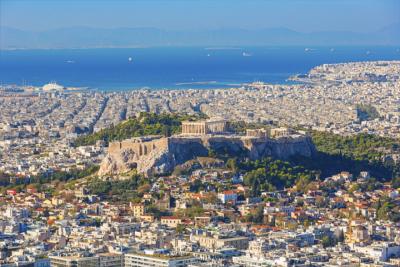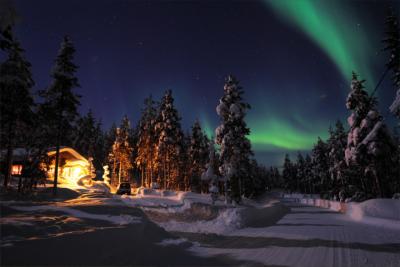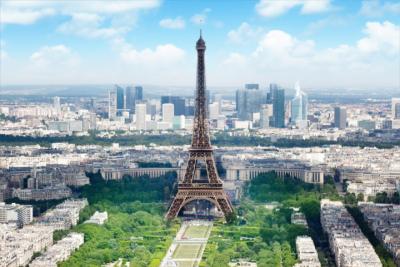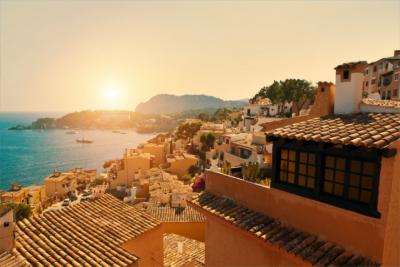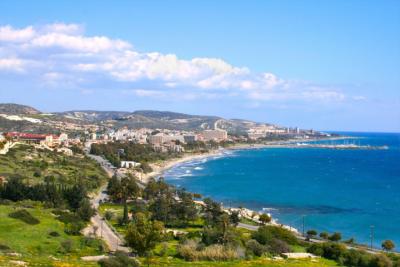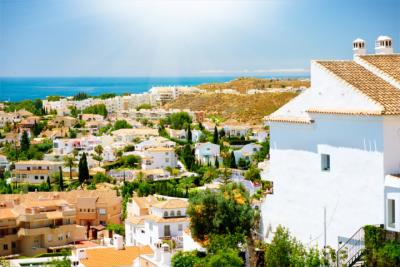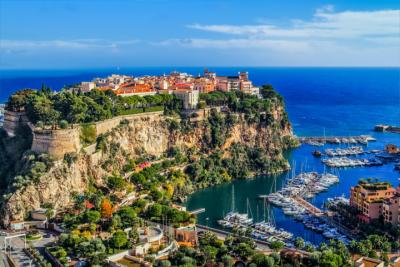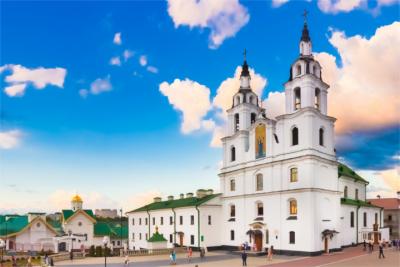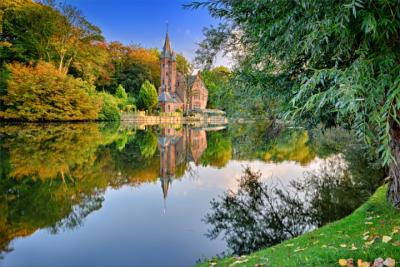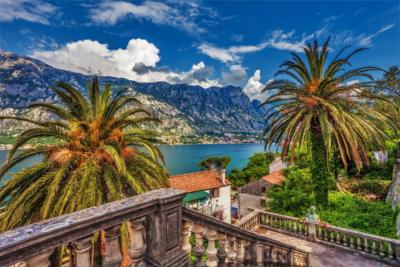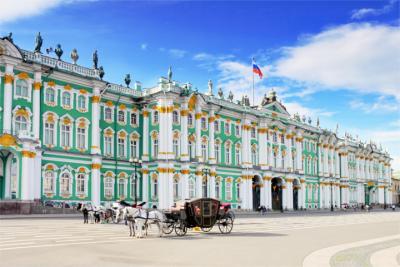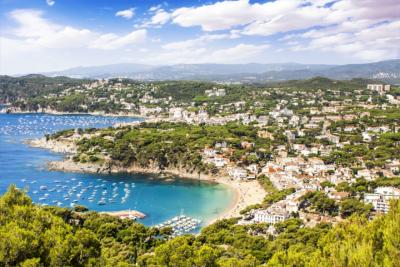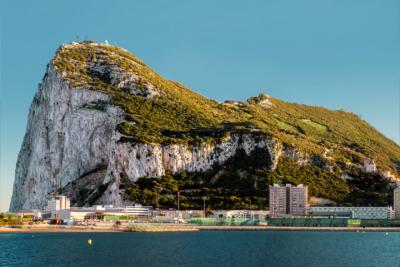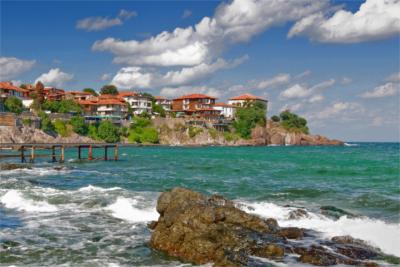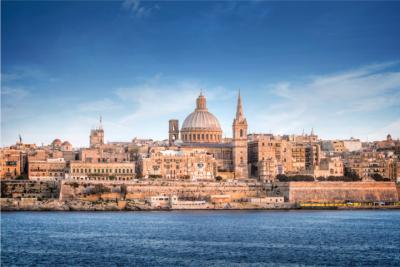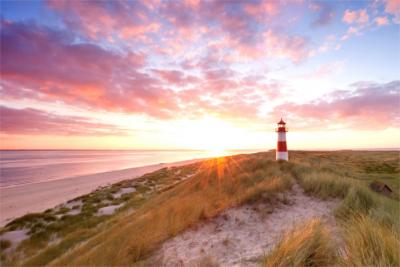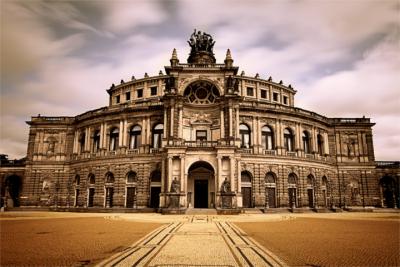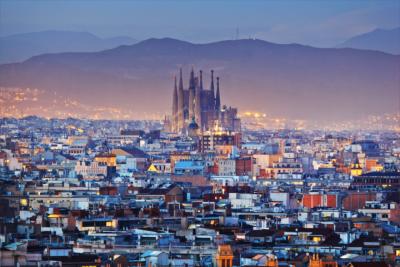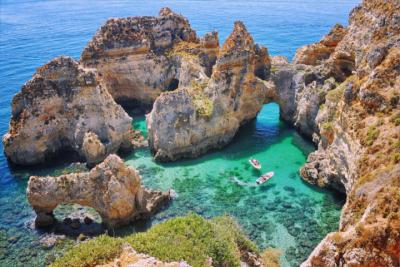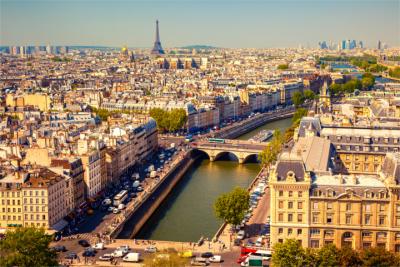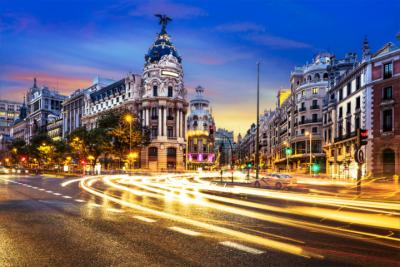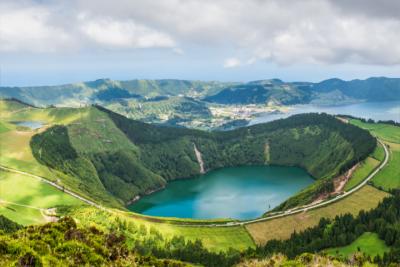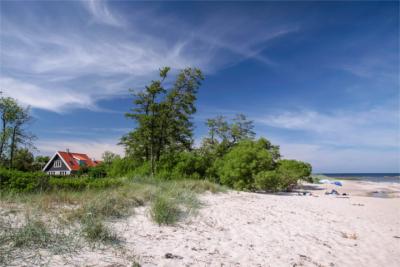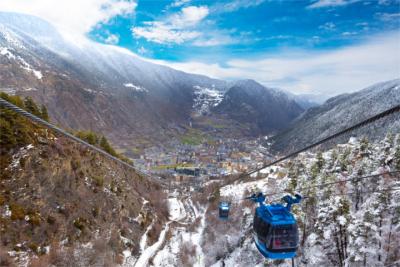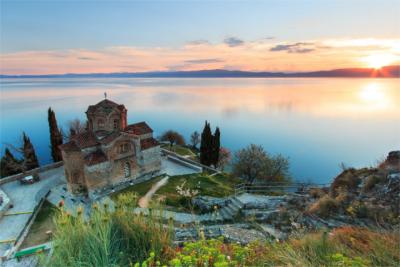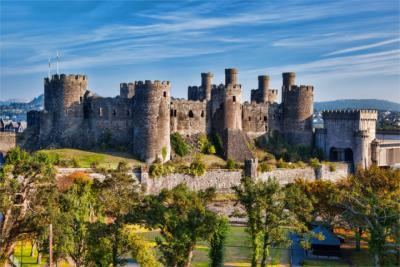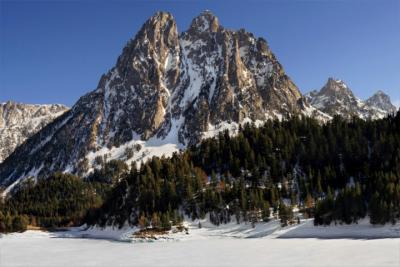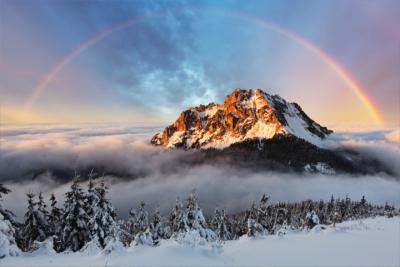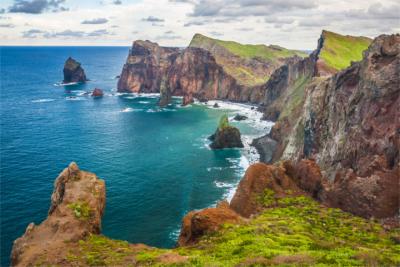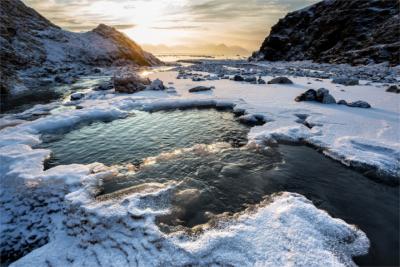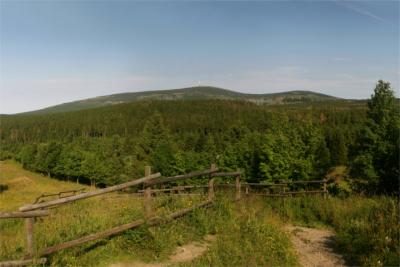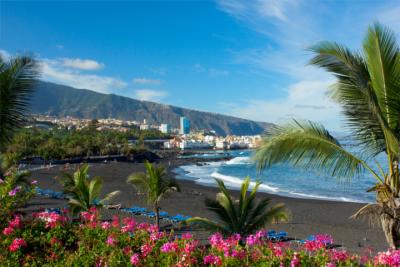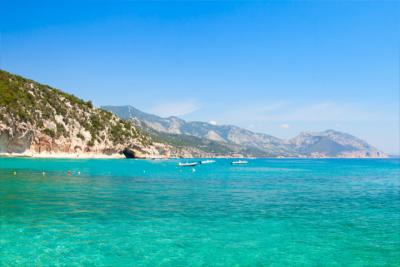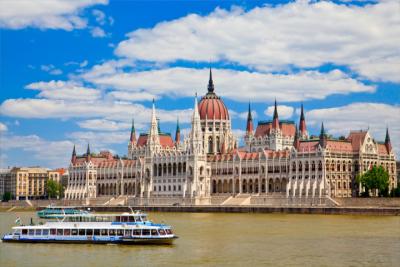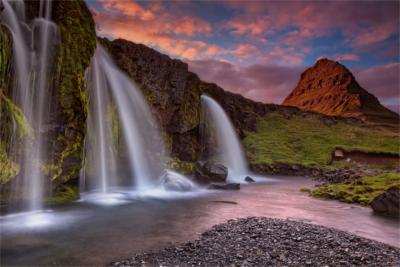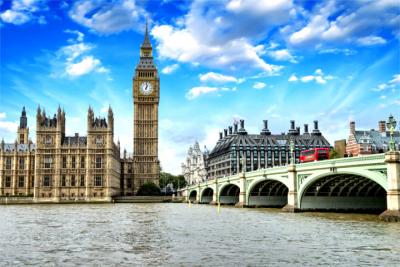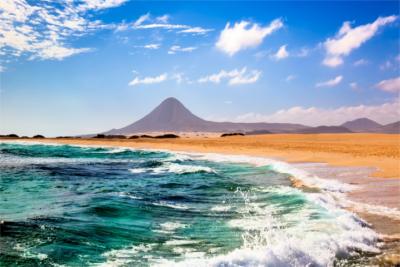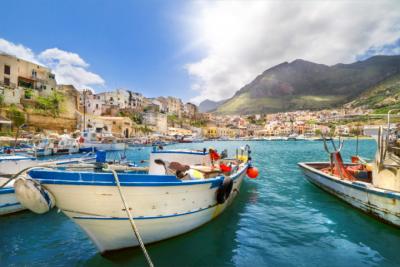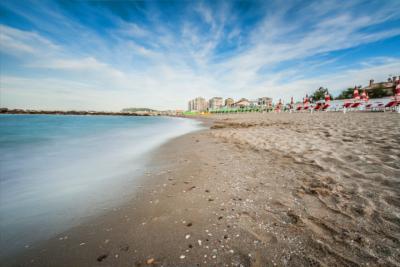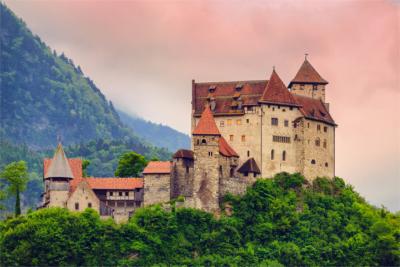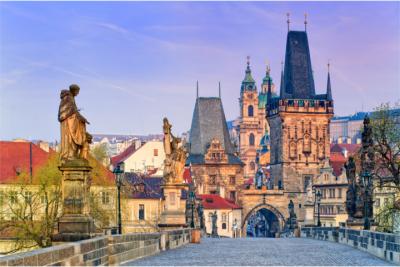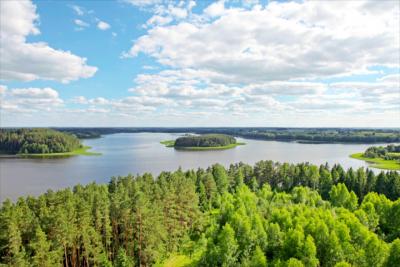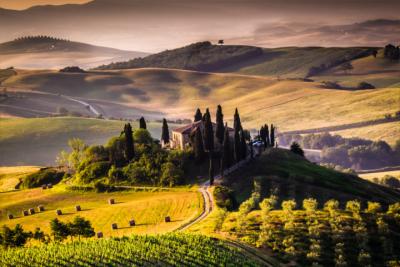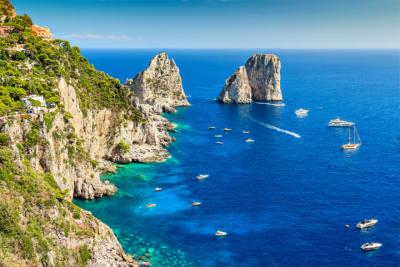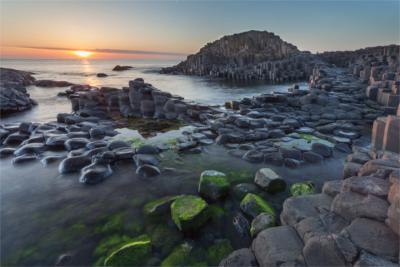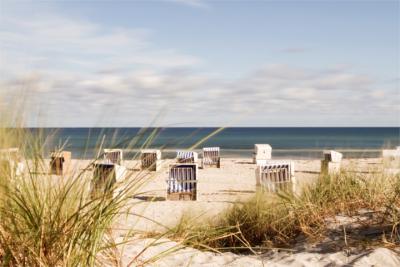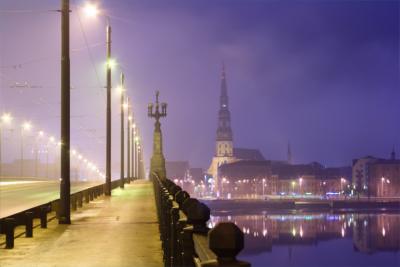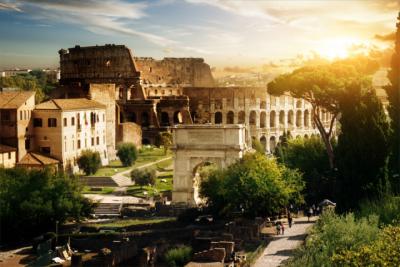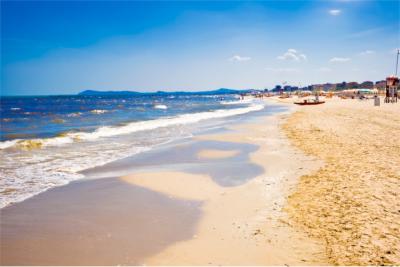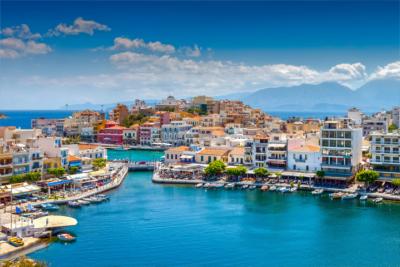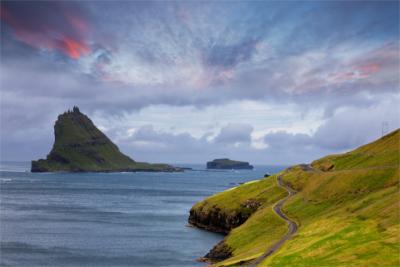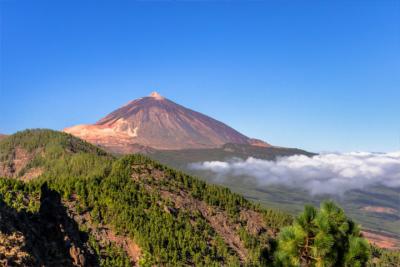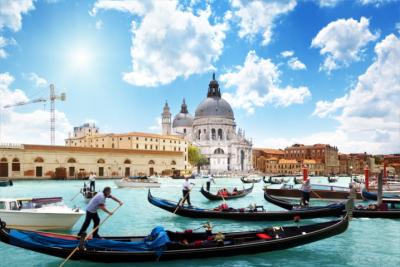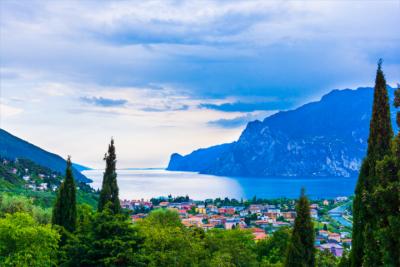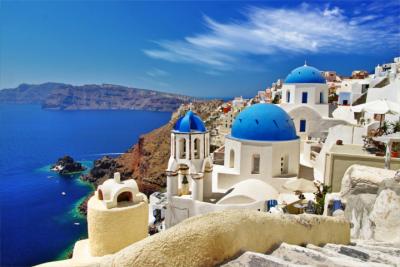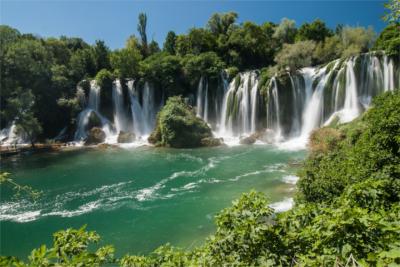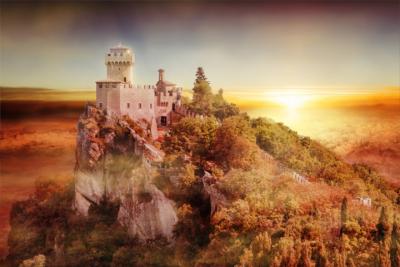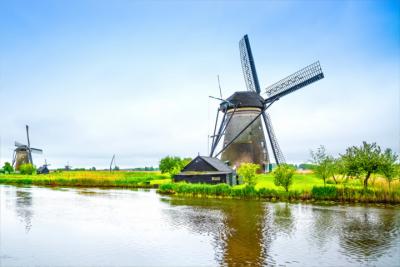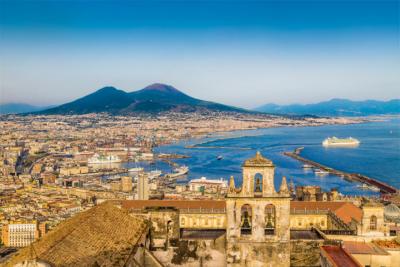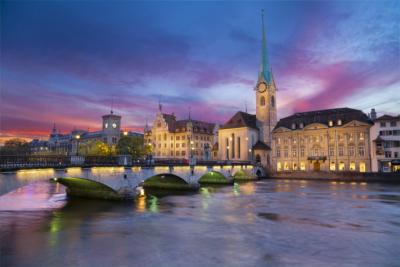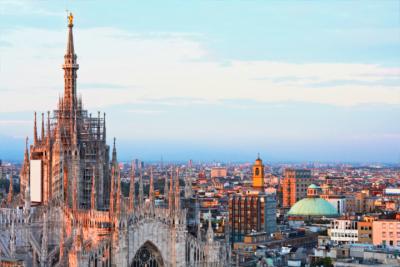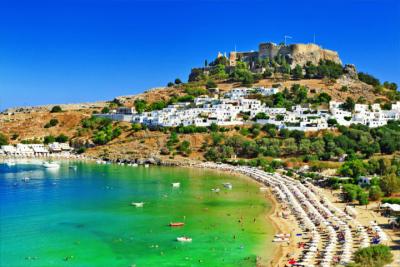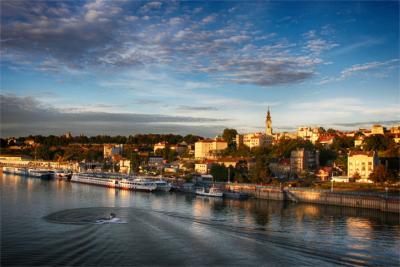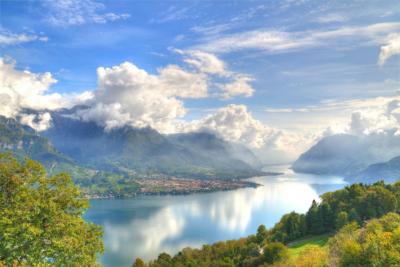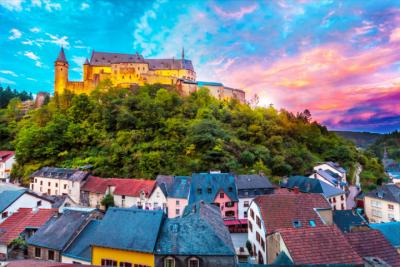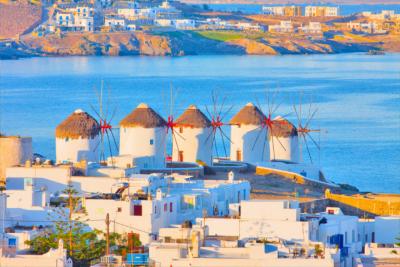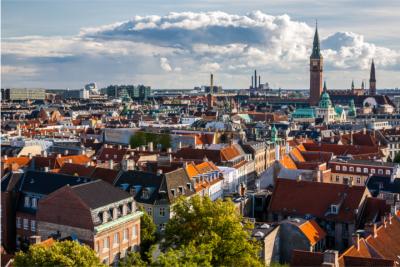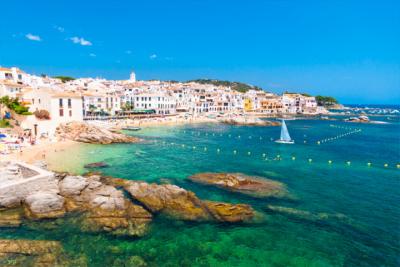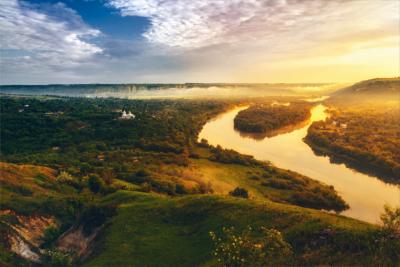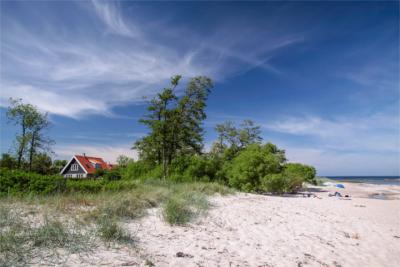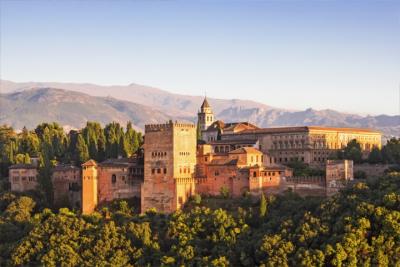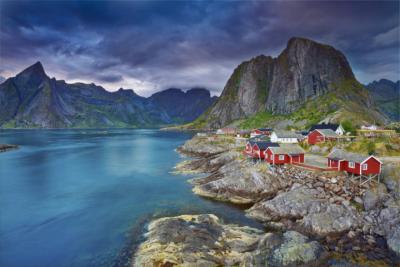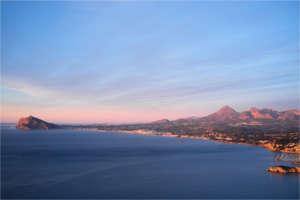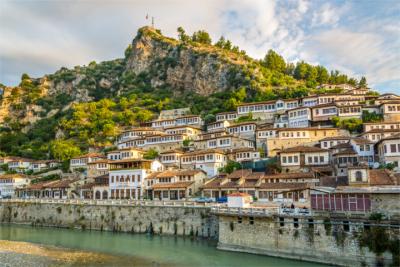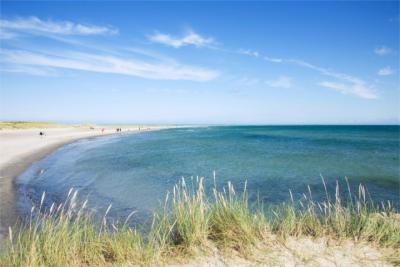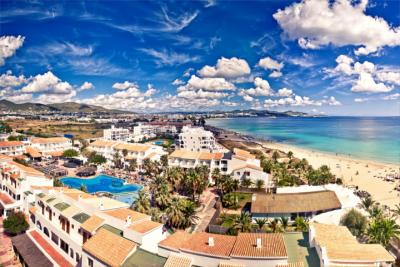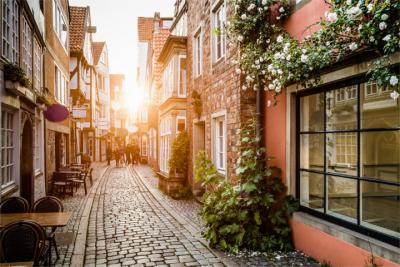Travelmyne Featureprint
Distance
Europe - Experience the Magic of the Old World
"Europe is not a place, it is an idea" the Frenchman Bernard-Henri Lévy once said. On this continent the most diverse cultures developed independently from each other and in their own ways. The only common ground is each country's individual character, their small and big peculiarities and the charm of the Old World.
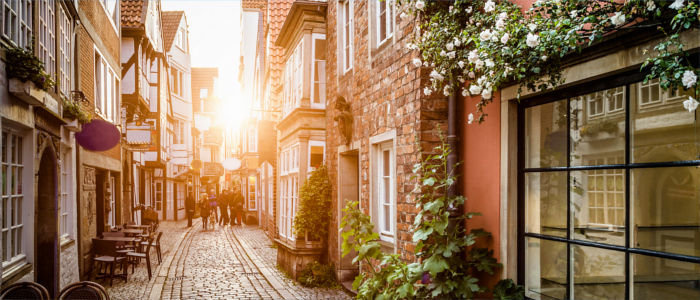
Geography - 50 countries, numerous landscapes
Europe currently has a population of 740 million people and is divided into four times zones from east to west. From a geographical point of view, Europe forms a subcontinent with Asia and is the world's second smallest continent after Australia - but it has plenty to offer. In contrast to most other continents, Europe is characterised mostly by its people's individual character. About 50 countries share the continent and nearly each of these nations has its own nature and history. The snowy areas of Iceland in the far north, Great Britain as Europe's greatest island or the gigantic Pyrenees between Spain and France only form a small part of the continent. It is equally difficult to generalise Europe's climate. While Lapland in Norway has arctic temperatures almost all year, the south of Spain sweats under the Mediterranean sun. Central Europe is mostly dominated by temperate climate.
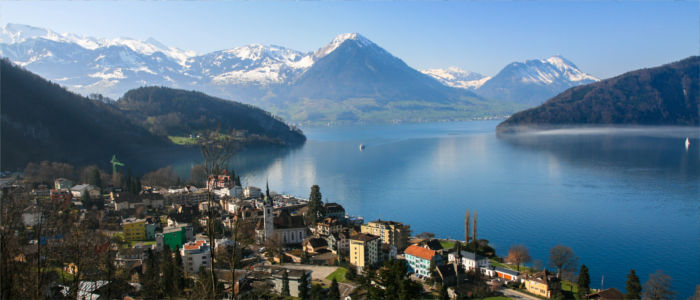
Nature - Nordic fjords, majestic Alps and thriving islands
Europe's vegetation is as comprehensive as its nations. In Northern Europe you mostly find an arctic and boreal flora. Magical phenomena are the Norwegian fjords, which were formed by wandering glacier snouts thousands of years ago. Especially Central but also Southern Europe are characterised by a breathtaking alpine landscape. The Pyrenees between France and Spain, the Swiss Alps or Italy's Apennines are some of the continent's highest mountain ranges. Central and East Europe are covered in infinitely vast mixed and broadleaf forests, which are home to wild bears, wolves and different species of deer. But Europe does not only consist of mainland. Both in the north and in the south travellers face impressive islands. Greece's and Spain's thriving Mediterranean islands are especially popular and you can find whales and different species of dolphins in the warm waters.
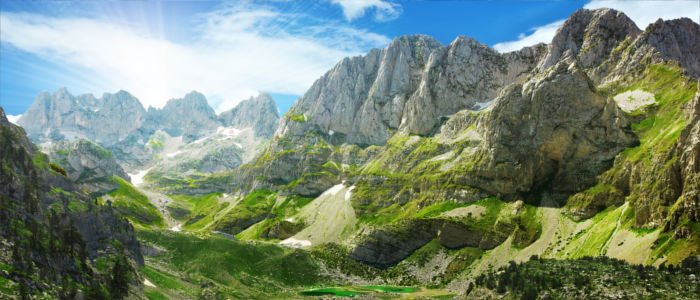
Culture - From ancient times to the present
Europe's typical character is most of all reflected in each country's culture. The cool North European countries like Norway, Sweden or Finland do not compare with the Mediterranean atmosphere of Italy, Portugal or Greece, and in the same way, the Central European industrial nations such as England, France or Germany do not have much in common with the East European character of countries like Slovenia, Romania or the Ukraine. Greece and Italy are still distinguished by their ancient past and their classic pillar architecture. France is most of all known for its superb cuisine, its excellent taste in fashion and its architectural accomplishments such as the Eiffel Tower. The Austrians preserve their Viennese tea culture, the Britons cherish their monarchy and in Germany industry and economy are still treated with diligence and accuracy. Europe generally has a number of globally significant commercial capitals which are of interest to tourists as well. Examples are not only London, Paris, Berlin and Milan but also Lisbon, Stockholm or Moscow. Special about the European countries is their age. Since most of the cultural regions have existed for hundreds - if not thousands - of years, numerous cultural treasures developed and could be preserved to the present day. Its long history entails an enormous variety of art, music and architecture - to discover all of it is a life's work.
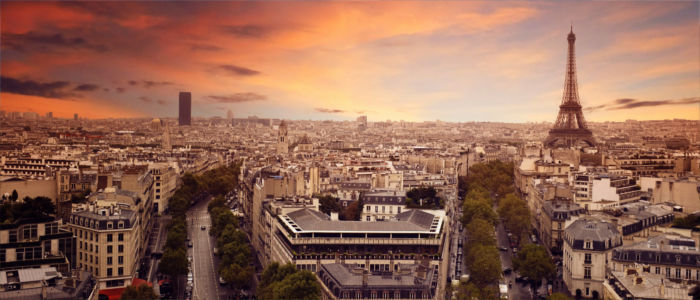
Experience - Approachable history
Europe's appeal lies in its past and in its countries' diversity. Those who want to have experienced Europe, have to walk the winding alleys of medieval towns to feel the special spirit of these historically grown places. This union of approachable history and lively modernism is worldwide unique. Many European capitals and metropolises are worth a city trip. And lovers of nature will also get their money's worth. You can easily explore Europe by car, plane or train. A special way of getting to know the continent is taking a ship along one of the longest rivers, Danube. Starting in the German Black Forest, you cross ten European countries until the trip ends in the Black Sea in the Ukraine. Europe is also a must for activity holidays. You can ski in the Alps, cycle on European bike routes and dive in the Mediterranean Sea.
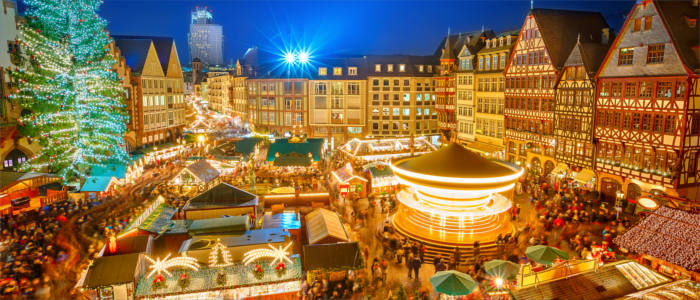
Information
About 90 percent of the European languages originate from Indo-Germanic. In most countries English is taught at school, so that tourists are well served by knowing this language. While Russian is often spoken besides the official language by people in eastern Europe, Spanish and French are more commonly known in the south. Even though the Euro is the official currency in the Eurozone, many of the European countries kept their own currency, for example England. The entry requirements depend on the respective country. Members of the EU can travel without any entry requirements within most European countries.
The origins of the Western world lie in Europe. To travel the countries, visitors need a lot of time because no two countries are alike. The natural beauty of the far north is as appealing as the warm climate of the Mediterranean countries in the south.

